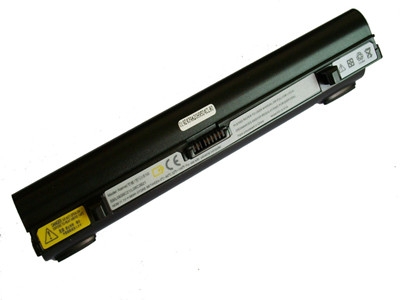Lithium ion batteries power everything these days from smartphones to electric cars.
今時今日從智能手機到電動汽車的所有電子產品都要仰仗鋰電池提供電能。
They've been a great advance in portable power storage.
在便攜式電能存儲方面這枚小電池無疑是巨大的飛躍。
On the downside, their spread also makes a big contribution to electronic waste dumps often found in developing countries.
另一方面,鋰電池的傳播速度也使得發展中國家的電子垃圾增多。

But IBM scientists in India may have come up with a way to decrease the numbers of discarded batteries while also bringing electricity to underserved parts of the world.
但印度IBM的科學家們想出了一種解決辦法,既能減少廢棄電池數量,也能為一些發展服務水平較低的地區提供電力。
They developed an experimental power supply, called the UrJar, consisting of reusable lithium ion cells salvaged from three-year-old laptop battery packs.
他們開發了一種名為UrJar的實驗性質的電源,它是由用時3年的筆記本電腦回收的可重復使用鋰離子電池組成。
For a study of the technology, the researchers enlisted street vendors who had no access to grid electricity.
在一項技術研究中研究者們召集了一些沒有使用電網電力的攤販。
Most users reported good results.
大多數使用者稱使用效果良好。
Several of them used the UrJar to keep an LED light going for up to six hours daily.
其中一些人憑借UrJar使得LED燈每天照明6小時。
For one participant, the power supply meant keeping the business open two hours later than usual.
而使用這種電源的一位參與者將自己的營業時間延長2小時。
IBM presented its findings the first week of December at the Symposium on Computing for Development in San Jose, California.
IBM于12月的第一周在加利福尼亞圣何塞計算機發展研討會上發表了這一研究結果。
The UrJar isn't ready for the market quite yet.
當然UrJar還沒準備好投放市場。
But it shows that one person's trash could literally light up someone's life halfway around the world.
但它表明一個人的垃圾可能點亮半個地球以外另一人的生活。












